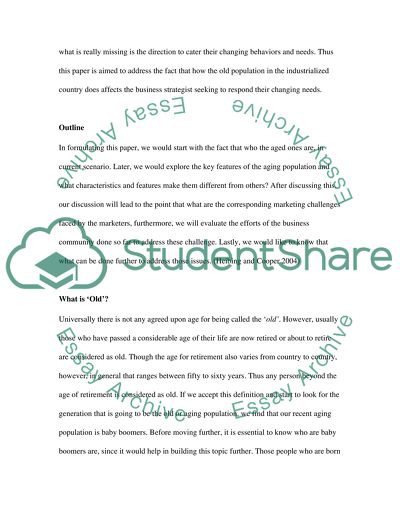Cite this document
(“Aging population Essay Example | Topics and Well Written Essays - 3000 words”, n.d.)
Aging population Essay Example | Topics and Well Written Essays - 3000 words. Retrieved from https://studentshare.org/people/1500297-aging-population
Aging population Essay Example | Topics and Well Written Essays - 3000 words. Retrieved from https://studentshare.org/people/1500297-aging-population
(Aging Population Essay Example | Topics and Well Written Essays - 3000 Words)
Aging Population Essay Example | Topics and Well Written Essays - 3000 Words. https://studentshare.org/people/1500297-aging-population.
Aging Population Essay Example | Topics and Well Written Essays - 3000 Words. https://studentshare.org/people/1500297-aging-population.
“Aging Population Essay Example | Topics and Well Written Essays - 3000 Words”, n.d. https://studentshare.org/people/1500297-aging-population.


